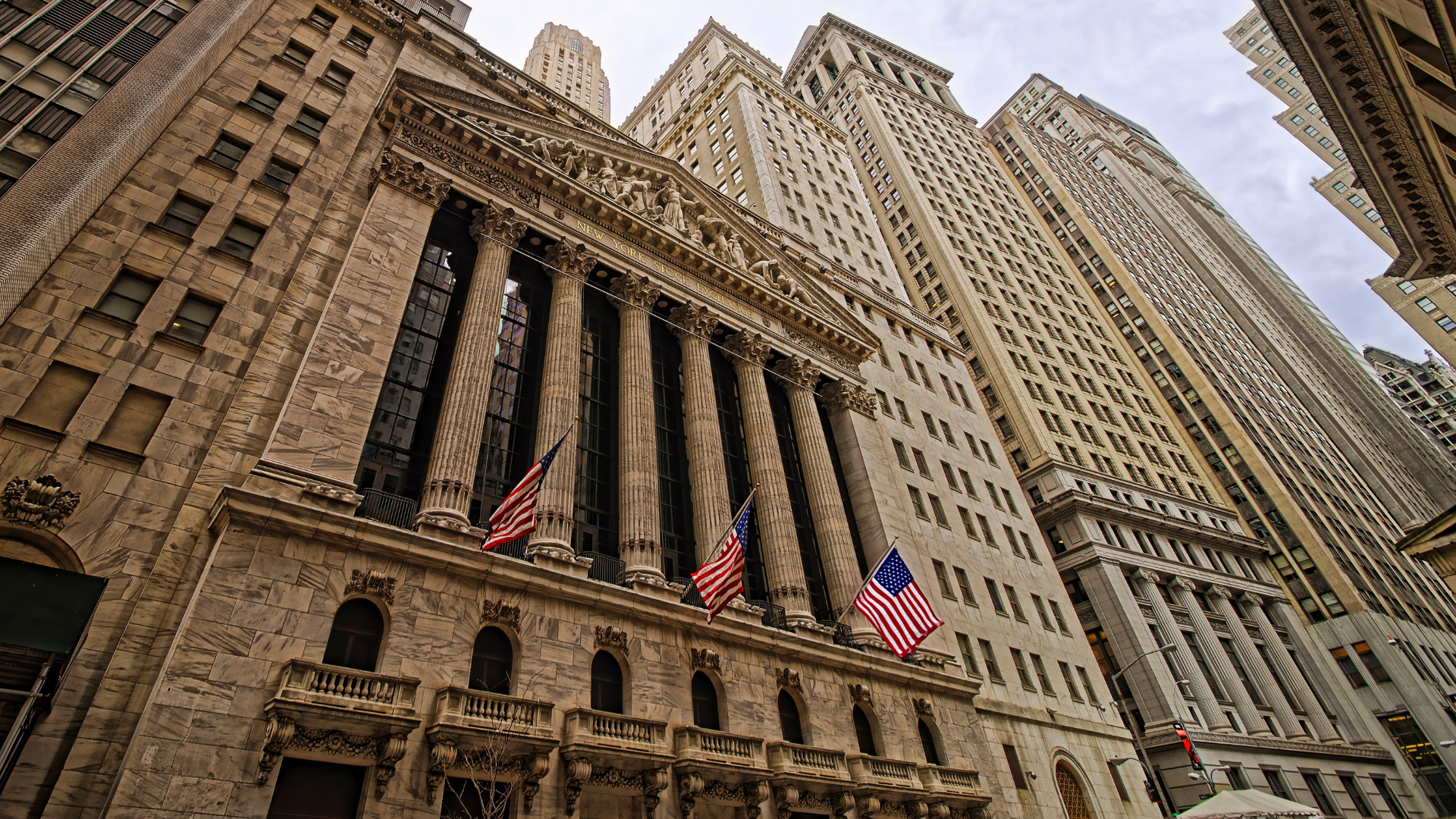As the Covid-19 pandemic continues, global regulators are warning financial services firms that they may need to enhance their trade surveillance activities to ensure they detect potential financial crime and insider trading.
.png?width=1280&name=Why%20monitoring%20news%20to%20detect%20insider%20trading%20is%20now%20essential%20(1).png)
During lockdown, the UK Financial Conduct Authority (FCA) voiced concerns about managing insider trading conduct risks with most traders working from non-office locations, including business continuity sites and from home. Although more traders are now returning to the office, it seems likely that the mixed location approach will be present for some time. As a result, both the regulator and industry bodies say that firms need to ensure their ability to detect insider trading is robust enough to match this new environment.
To mitigate and manage insider trading compliance risk, firms need to use the best tools to effectively identify, investigate and report on signs of wrongdoing. And to support those tools, firms need to have the right data to benchmark against, which for insider trading should include both news and social media. In fact, including social media and news data in market abuse detection is now an important practice that all compliance teams should adopt. This is because this data can quickly and easily highlight trades being conducted in advance of information appearing in the public domain and help teams to quickly investigate if there was any wrongdoing in play. So why is this practice still regarded as a ‘nice to have’ and not a necessity, when incorporating this data can significantly improve the accuracy around the detection of insider trading—one of the most common causes of market abuse?
What is Insider Trading?
Insider trading is the term given to the trading of a public company's stock or other securities that is carried out by a person is privy to "inside" or material nonpublic information (MNPI) about the company. MNPI is defined as any information that could substantially impact the stock price of a company. Trading based on inside information has severe consequences, including potential fines and jail time.
Navigating an evolving situation
As a result of Covid-19, both the FCA and FICC Markets Standards Board (FMSB) have said they expect the combination of financial service employees working from non-office locations, alongside high levels of crisis-driven corporate fundraising, to create a perfect storm of conditions for insider trading. At the height of the lockdown, the majority of traders were working remotely – one survey showed that almost 60% of FX traders were working from home. Both the FCA and FMSB have raised concerns about the possibility that in such circumstances MNPI could be overheard, discovered in the trash, or inadvertently disclosed in other ways.

At the same time, from January through the beginning of July, companies around the globe have raised $5.4 trillion in capital, including $3.9tn since the start of March. With this scale of fundraising in unprecedented circumstances, significant volumes of MNPI were being handled by financial services firms every day, again often by employees working from home. As all of this was happening, information was being published in both the news and on social media at a dizzying speed. For example, Twitter has said that for Q1 2020, the average total of monetizable daily active users hit about 164 million, an increase of 23% above Q1 2019.
The FMSB is so concerned about the changing conduct risk profile for firms as a result of lockdown that it has published a Spotlight Review on the conduct risks associated with remote working. The report states, “While many of the risks are not novel, the likelihood of such risks materialising and their potential impact may be heightened in the context of widespread and prolonged remote working. An example of this highlighted by the FCA relates to the identification and handling of inside information. While the risks associated with the misuse of inside information are pre-existing, the nature of what constitutes inside information may alter in the context of the pandemic.”
Why you should prioritise insider trading detection
It’s clear that the FCA is cracking down on insider trading compliance. The regulator is now using transaction data reported through the second Markets in Financial Instruments Directive (MiFID II) to find patterns of information that resemble potential insider trading. The FCA is coming to firms with these cases and is expecting them to be both aware of what has happened and to be able to provide further information, quickly. Further, according to some compliance teams, the FCA now asks about news and social media monitoring when they speak about insider trading detection. The FCA has already said that it expects firms to be proactively monitoring for insider dealing in this new, faster-paced environment. A recent insider trading case – whereby pay-as-you-go phones and cash were used to evade communications monitoring – also shows how important relating trades to news events can be for a belt-and-braces approach to detection.
Looking more widely, we have also seen a tightening of insider trading laws in other jurisdictions, such as the US, as a potential insider trading scandal related to the Covid-19 pandemic brews in Congress. Finally, insider trading and leaked trade secrets are of course also a commercial risk for firms as lawsuits seeking compensation are becoming more common.
 Setting the right course for insider trading compliance
Setting the right course for insider trading compliance
To effectively monitor and detect insider trading, compliance teams need to understand – quickly and clearly – how trades relate to what has been published in the news or on social media. For example, if a trader buys 5,000 shares in ABC Company, and does so the day before a positive story is published about the company in a newspaper, this could indicate that the trader has been privy to MNPI and should be investigated.
In addition to understanding the link between trades and global affairs, compliance teams also need to be able to view that relationship in the context of other data, such as trade volatility and volumes, as well as corporate actions. As a result, it is important that compliance teams have the ability to capture all of their firm’s structured and unstructured data, alongside reference, market, news and social media data, and have the tools to monitor that information holistically.
Reducing false positive results of Insider Trading
Just as important as being able to detect insider trading by using news and social media data is the ability to reconstruct and report to the regulator the events related to a suspicious trade or order. During the past few months, many compliance teams have been deluged with market abuse alerts. Some of these will be false positives because of increased market trading volumes and volatility. However, compliance teams need to investigate them and in the current climate, there would be significant negative consequences for labelling an alert as a false positive, only to have it turn out to have been indicative of an event all along.
In this context, using news and social media data can make a significant difference, particularly when paired with an automated trade reconstruction solution. Compliance teams can see, based on material impact, time frame and relevance parameters, the relationships between a trade and global events, and at the click of a button bring in any other relating information, greatly accelerating the time it takes to investigate a trade. Having this capability enables compliance teams to scrutinise alerts quicker and with more accuracy – reducing the time it takes to work through a caseload.
Conclusion - A need to adjust to the new normal
As the Covid-19 pandemic continues to unfold, both the FCA and industry bodies such as the FMSB are saying that while some traders will return to the office, others will continue to work from home and other locations for some time to come. Compliance teams need to adjust to this new normal by using news and social media data to better detect and investigate insider trading compliance risks. Having this capability in the current circumstances can help firms protect their reputations, keep regulatory relationships positive, and reduce an increasing source of commercial risk. However, in these times of significant uncertainty, it would help firms if the FCA could provide more specific public guidance on the benefits of using news and social media to detect and investigate insider trading. Such guidance would help a wide range of stakeholders within firms understand the power and effectiveness of this kind of data.
SteelEye's Surveillance solution offers comprehensive coverage for a wide range of market abuse activities and behaviours. We bring together all your structured and unstructured data, complementing it with reference, market, news, and social media sources, before presenting it back to you in a meaningful way. SteelEye monitors all your order activity in real time and matches the instruments you have traded with related news and social media feeds. This gives you the necessary context needed to carry out investigations, reconstruct trades or orders, and report accordingly to the regulator.


.png?width=1280&name=Why%20monitoring%20news%20to%20detect%20insider%20trading%20is%20now%20essential%20(1).png)










